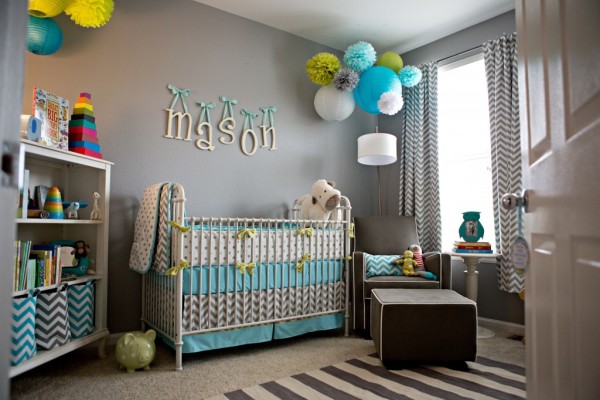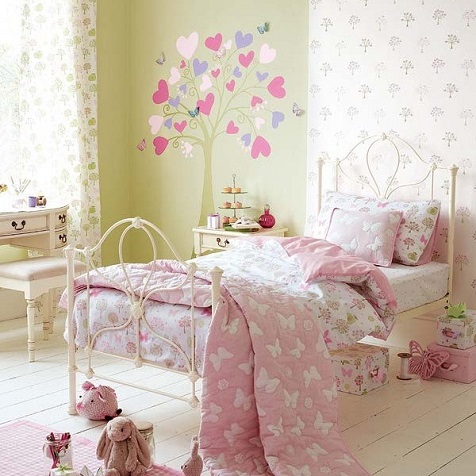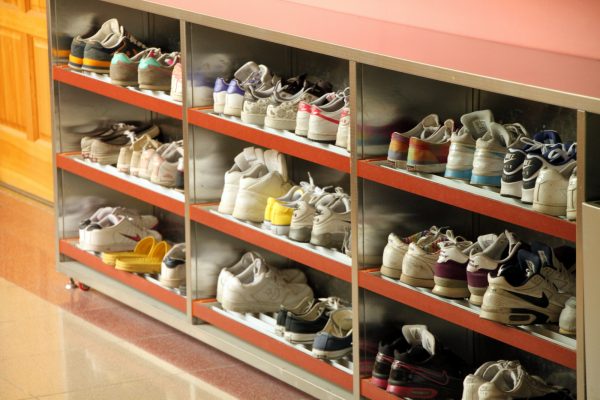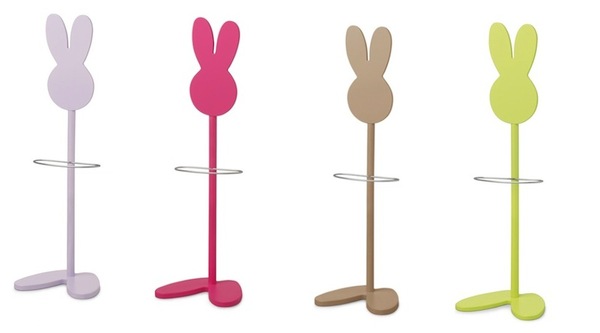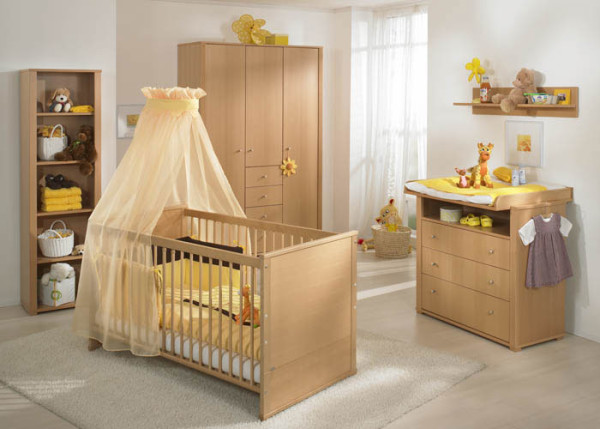
Two-Tone Decoration for the Nursery
Expectant parents always go crazy over how to decorate the nursery room. Too often, the kid’s room would end up multifaceted and multicolored owed to the lack of decoration strategy. But using too many styles and colors is unnecessary, if not chaotic. Here are tips on using a two-tone palette for nursery styling.
Two Neutrals, Two Non-Neutrals
For a unisex appeal, having two neutral colors mixed with two non-neutrals that evoke unisex appeal make for a nursery room fit for a baby with surprise gender. The most common to use would be brown and white mixed with teal and yellow.
Two Non-Neutrals with White
White can pair with just about any shade. However, a nursery room needs to be bright and eclectic, evoking joy and love. Choose white as the integrating and accentuating color to blend in the two palettes of choice. It can be awfully hard to harmonize two contrasting colors, but with white as border or accent, the two shades will eventually unify.
Two Complementary Colors
Of course, two hues that complement each other on the basic color wheel or color chart are the safe choices. Greens go well with reds, blues with yellows, and so on, depending on the color model used. But to make the colors adaptive to the nursery environment, go for lighter tones or pastel versions to mellow down the shade and to make the space have a more calm and serene appeal.
Doubled Two-Tones
If for some reason having two non-neutral colors is far too limited or restrictive, one can take up two kinds of two-toned palette and use a single neutral color, preferably white, as harmonizing shade. Perhaps the bedroom may be vertically divided such that half the wall to the floor will be painted the shade of blues and yellows, bordered by white, and then the other half to the ceiling will be painted with greens and reds.

